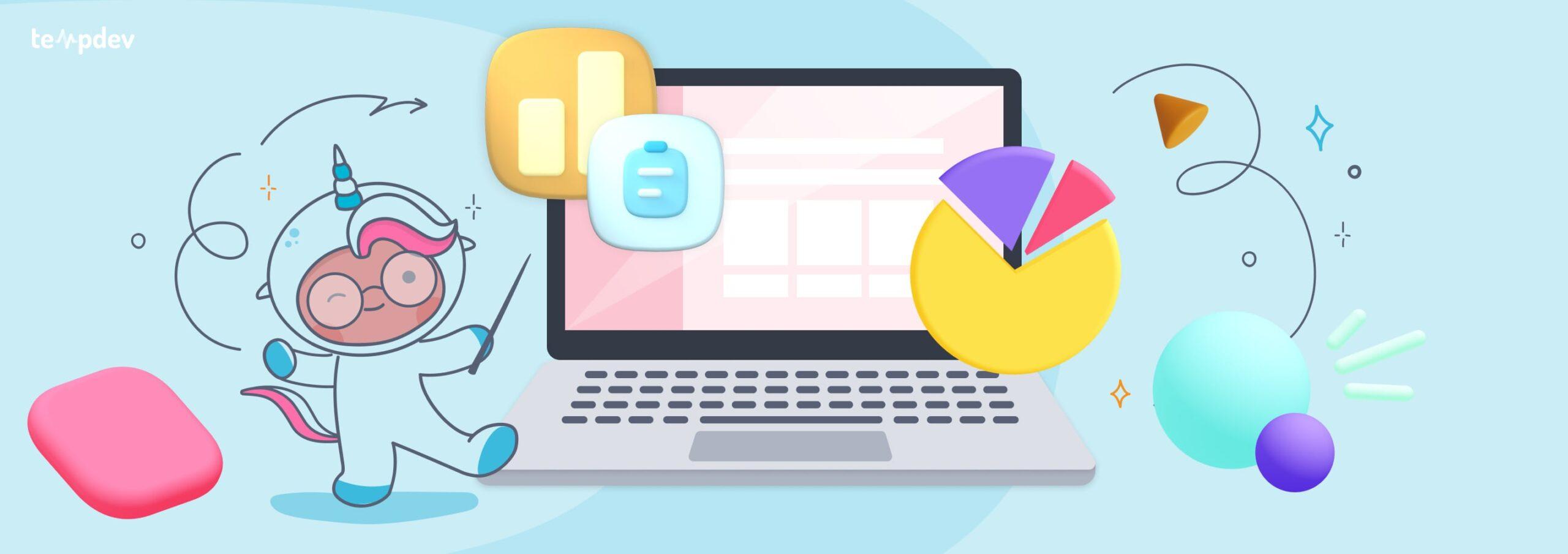5 Best Practices for Training Staff for EHR Implementations


Whether your practice is implementing a new EHR system or upgrading your existing system, don’t overlook EHR training. Training your staff to use your EHR system increases user satisfaction and prevents physician burnout. Follow these five best practices to jumpstart your EHR system training.
1. Identify Super Users for Advanced EHR System Training
Superusers are staff members who receive extensive EHR training to serve as internal resources for common questions and problems. By identifying a few superusers, you can limit in-depth training to a few volunteers and focus your broad training efforts on critical EHR system operations.
Your superusers should be familiar with your workflows and should have roles that will require frequent use of your new EHR system. A strong super user candidate can take the EHR system knowledge gained from in-depth training and apply it to your practice’s workflows.
2. Develop an EHR System Training Plan
Training is a critical piece of any EHR implementation or update. It helps prevent physician burnout and increases satisfaction with your EHR system. Having a training plan in place helps keep your practice on track and holds staff and vendors accountable for appropriate, high-quality training. To develop a training plan, start by assessing your training needs with input from your staff.
Your training plan should specify the training schedule, including the topics to be covered in each training session. It will also identify job-specific sessions for providers or front desk staff. A strong training plan will look similar to a project plan with each training as a key milestone. Having a training plan in place will help you identify delays in training that could affect your EHR system roll-out. It will also smooth communications between internal and external trainers and help keep your EHR system training program on budget.
3. Prioritize Critical Training Areas for EHR System Roll-Out
EHR systems are complex and include many optional features that can increase productivity. However, when rolling out a new EHR system, simplicity is key. Training should start with the key EHR system features and functions your staff will need to know for a successful roll-out. This includes daily functions like checking in patients, updating medical records, coding, and billing. Focus your initial training sessions on the key functions staff will have to perform on the day of your EHR system roll-out. By narrowing your focus, you can shorten each training and prevent information overload.
EHR system training is an ongoing process. Your initial training sessions may have to skip useful features like Clinical Decision Support Tools, Dashboards, or Patient Portals in favor of mission-critical, day-to-day functions. This stepwise approach to training allows your staff to get comfortable with the basics of the new system before diving deep into its capabilities. That way, deeper training on productivity tools and other supports can build on a base of knowledge and experience with the day-to-day functions of the system. In addition, focusing on the basics before roll-out lets you get feedback from staff about their experiences with the training and the system, helping you plan for the future.
4. Customize EHR Training to Staff Roles
Keeping EHR system training sessions simple also requires customizing EHR training for different staff roles. Providers, nurses, call center, front-desk staff, and back-end billing specialists do not need to be trained in all of the same EHR system functions. You can save your staff members time and reduce information overload by splitting up training opportunities by job function.
Larger practices can also customize training by staff members’ experience level or their comfort with technology. For example, some providers may be very comfortable with EHR systems and have used multiple systems in the past, while other providers may have little or no experience with EHRs. Providing entry-level and more advanced training for each job type can help you make sure each training proceeds at the proper pace.
5. Get Feedback to Improve Future Training
As part of your EHR roll-out debrief process, ask for staff input on the training they received. Once your staff members have worked with the new EHR system for a few weeks, they can identify where their training was lacking and where they need further support. This feedback can help you develop an ongoing training plan to keep your practice running smoothly. Future training sessions can address common questions or complaints, introduce new EHR features, or help your staff use EHR data to improve their performance.
How TempDev Can Help
TempDev’s expert NextGen trainers can get your staff ready for your new EHR implementation. TempDev can help you identify key training areas, develop training plans, prepare for ongoing learning, and create NextGen EHR training manuals.
Call us at 888.TEMP.DEV or contact us here to get started with your EHR implementation or upgrade.
Interested?
Agree with our point of view? Become our client!
Did you enjoy this read? Feel free to share it with your contacts.






